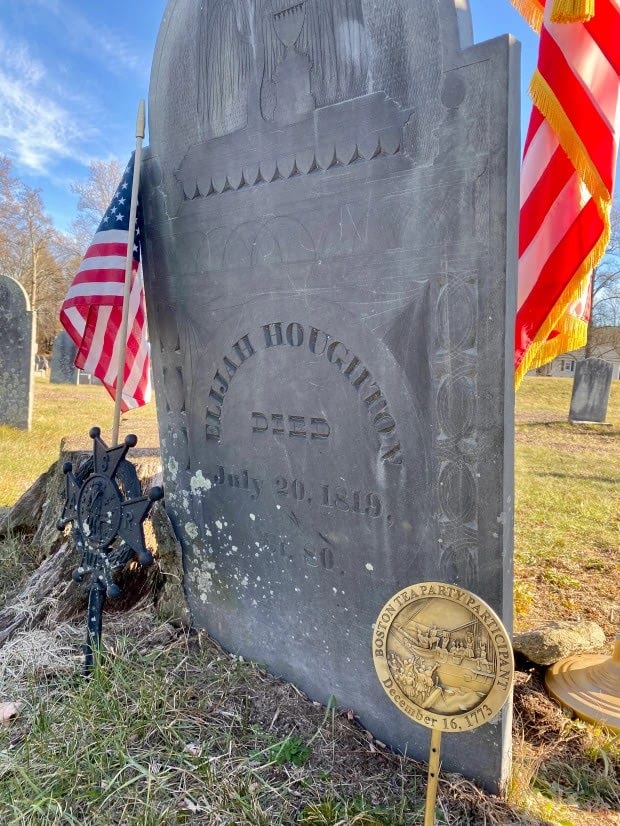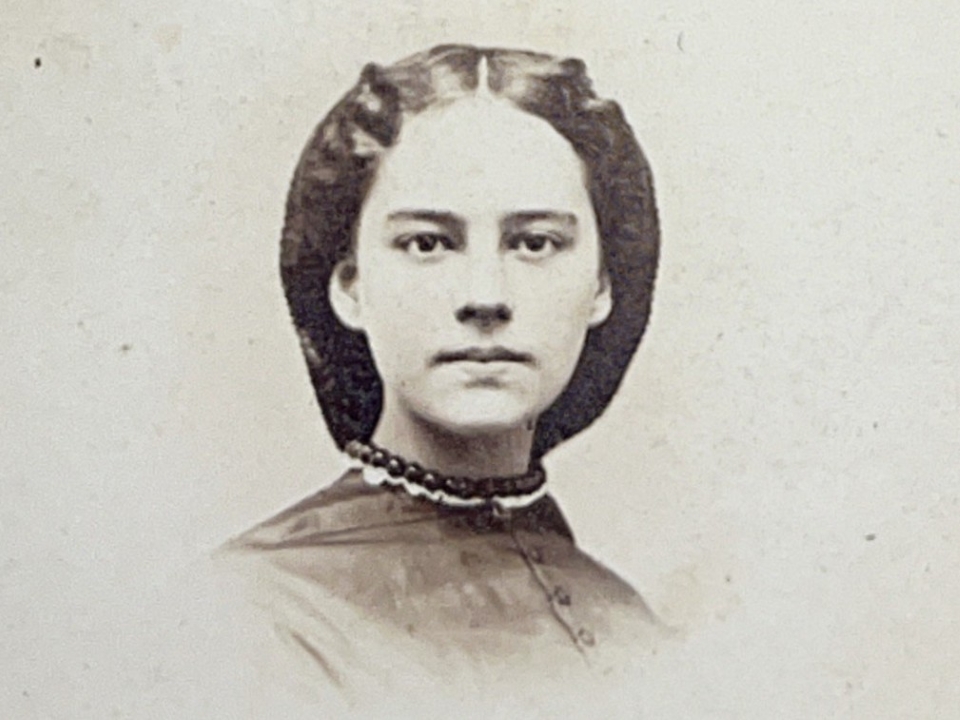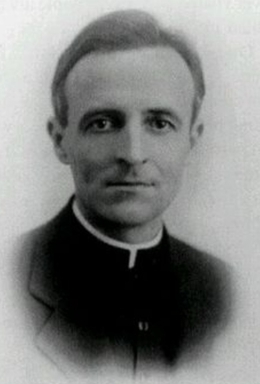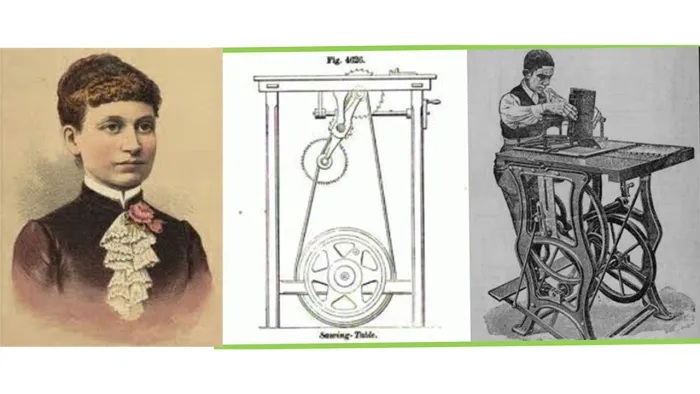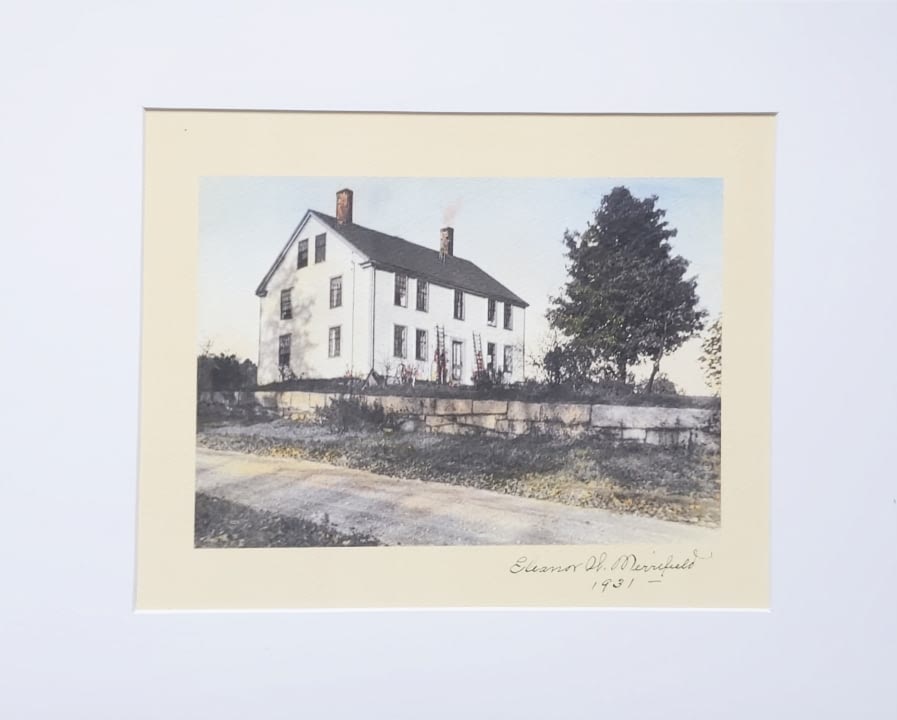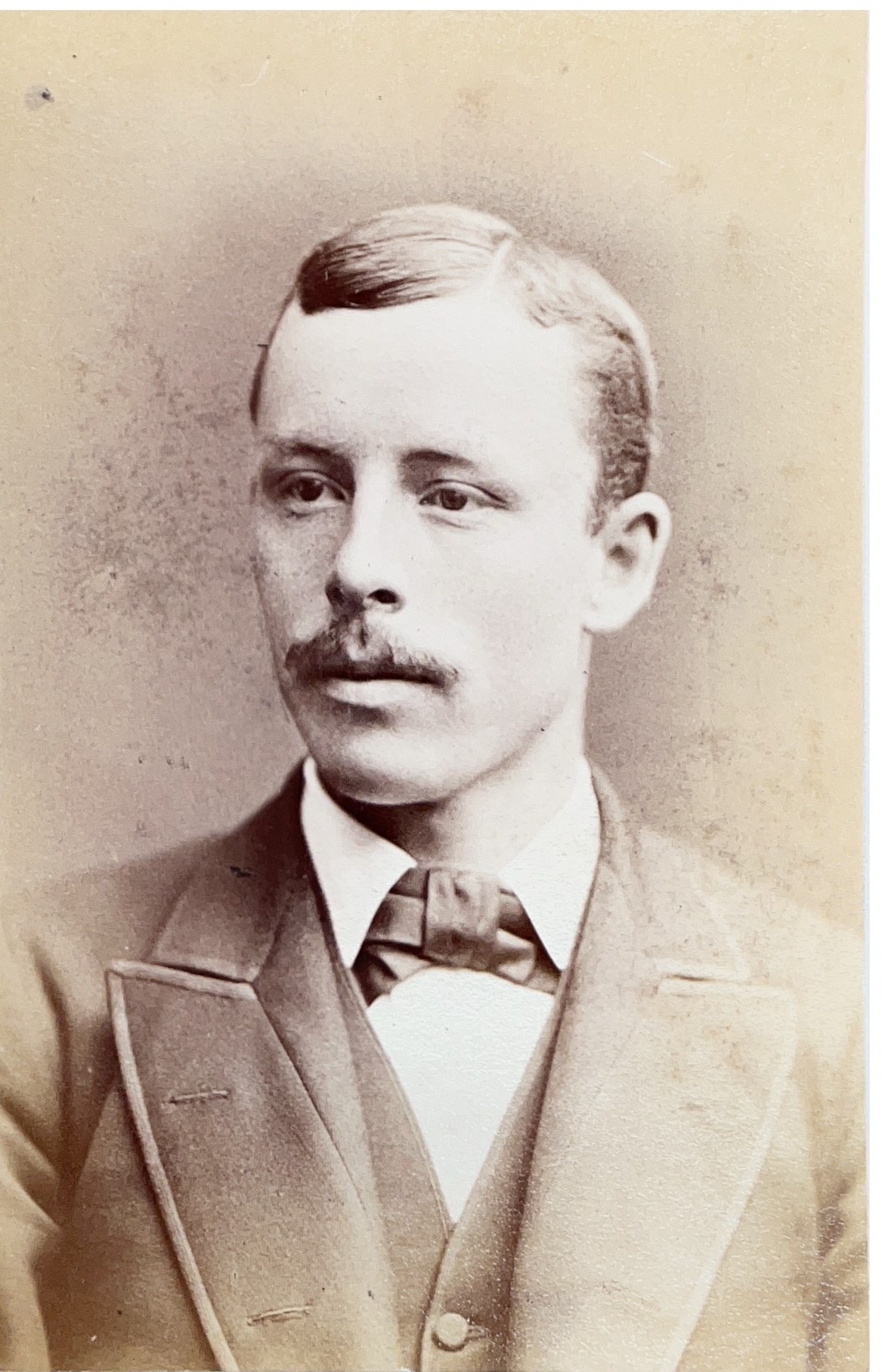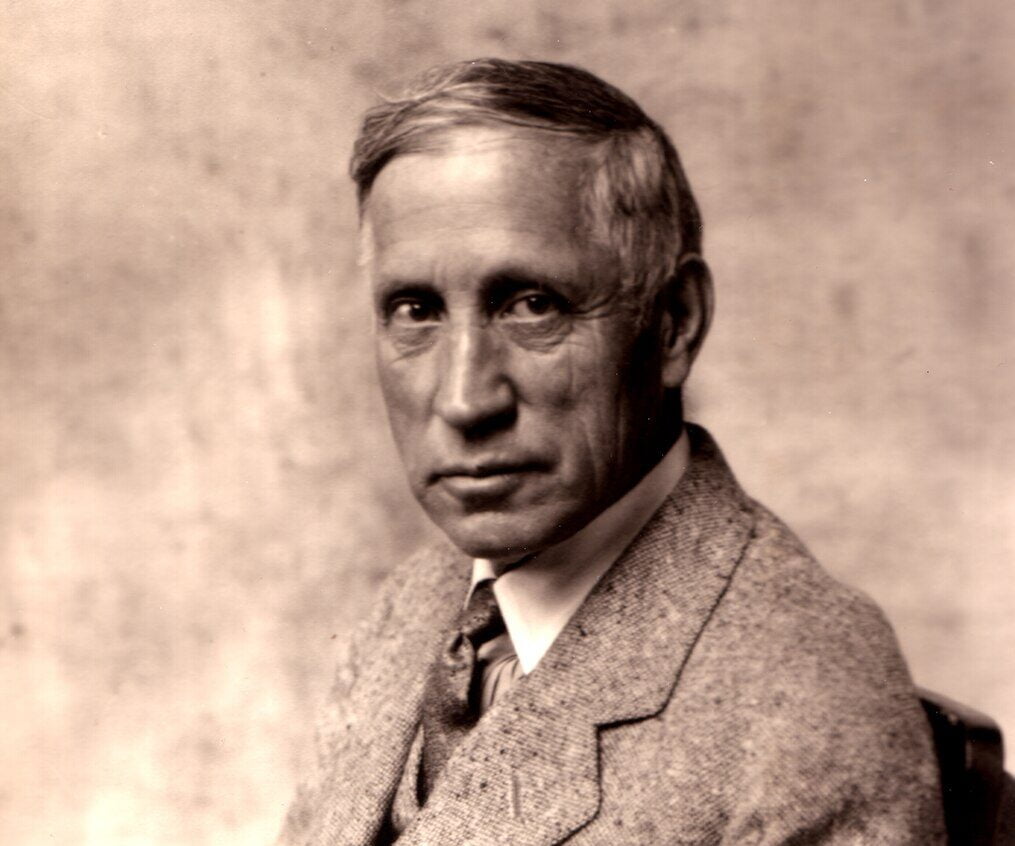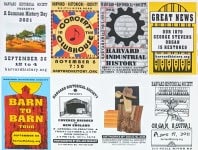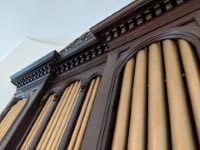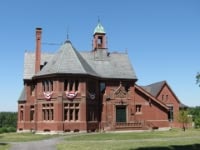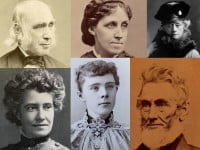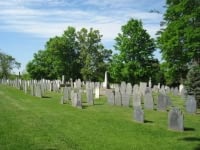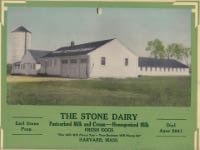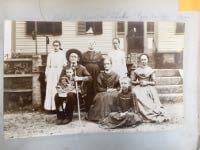Elijah Houghton Sr.
June 2, 1739 - July 20, 1819Born in Harvard, June 2, 1739, Elijah died at 80 on July 20, 1819. He had one sister, Moriah, three years older than he, who was also born in Harvard. Elijah lived in Harvard as a farmer in Still River his entire life at the Houghton-Sprague house on West Bare Hill Road. He was a veteran of the Revolutionary War and even participated in Boston at the famous Boston Tea Party. His wife, Mercy, also born in Harvard in 1744, was the daughter of Abraham Whitney Sr., also a Revolutionary War veteran. Both the Houghton and Whitney families lived in Harvard for many generations. Elijah and Mercy Houghton had a large family of 11 children.
Published: December 17, 2022
Elijah Houghton is recognized as Boston Tea Party participant
On the morning of December 14, representatives from the Boston Tea Party Ships and Museum and Revolution 250, a consortium of organizations working to commemorate the anniversaries of the events leading to the American Revolution, visited Harvard’s Center Cemetery to present a marker at the gravesite of Elijah Houghton, acknowledging his participation in the December 16, 1773 Boston Tea Party.
John Lee, Cemetery Commission chair, gave opening remarks, and Stu Sklar, chair of the Select Board, shared his excitement at learning of Houghton’s involvement in the historic event and alluded to him as the first in a long line of impassioned Harvard residents devoted to a cause. He wondered how Houghton, out here in the “sticks,” had learned of the event, and he painted a picture of the trek it would have been to Boston at that time.
Evan O’Brien, creative manager of the museum, who called the Tea Party “the single most important event leading to the Revolution,” put Houghton’s patriotism and bravery in a larger context. He said after the Tea Act of 1773, the first of three ships laden with tea that arrived in the Boston harbor on November 28 set off a two weeks’ “tea frenzy” across Massachusetts. Town Meetings and smaller groups of Patriots held protests against England’s imposition of taxation without representation and debated what to do about the ships. The most organized group behind the protest was the Sons of Liberty, led by Samuel Adams. As word spread throughout the state and beyond, Houghton would have known of plans being laid to board the three ships and dump the chests of tea into the harbor. He may even have been connected to the Sons of Liberty.
The night of December 16, 1773, was cold and wet when between 100 and 150 men, most under the age of 40, including Houghton who was 34, boarded the three ships. These were not prominent citizens; they were ordinary men, risking their lives to do something extraordinary. Many of the men were probably farmers like Houghton, who had families. Houghton himself had left his mother, wife, and three young children. Because what they were doing was a treasonous act punishable by death, the men had to keep their identities concealed. To do this, they swore an oath of secrecy and disguised themselves as Native Americans.
In a later conversation, O’Brian said that, contrary to how the men are often depicted—bare-chested with loin cloth and feathers—none of the accounts of the day mentions feathers, and no one would have been shirtless in mid-December. The men would have darkened their faces, wrapped themselves in blankets, and accompanied their actions with war cries. He said the chosen disguise was for concealment, but it was also symbolic. Protest groups often connected themselves to the Mohawks to cause intimidation and as a way of asserting independence. The event was known as the Destruction of Tea until 1823, when the name change to Tea Party captured the new attitude toward this step to freedom from an oppressive monarchy.
O’Brien said it has been difficult to document the names of the participants because of the secrecy to which the men were sworn. But names leaked out—“We’re all here,” he laughed— some in death-bed confessions, some through family oral history, some by one man revealing the identity of others. He said since 2019 the museum has placed 87 commemorative markers on graves in Massachusetts, and by 2023 it hopes to place additional markers at all 125 known participants buried in Massachusetts and other parts of the country. There may be as many as 50 participants whose names will never be known.
In a later conversation, O’Brien said that Elijah Houghton’s name is on every list the museum has found in its research to document the participants. Houghton was actually one of the easiest to confirm, he said. His name appears in a 1790s account and is mentioned in a novel about the event. The museum’s research confirms that the Elijah Houghton on the lists matches in age the Elijah Houghton residing in Harvard.
Elijah was born in 1739 and, as an only son, inherited the property at what is now 204 West Bare Hill Road from his father, Thomas, who probably built the oldest part of the house in 1735.
Thomas died in 1764 at the age of 68, and in his will he leaves “to wife Moriah, the east end of my dwelling house during her life (she died 28 years later) . . . to my only son Elijah, yeoman, all my land and buildings (he not prohibiting his mother of the privilege above said) all my husbandry tools and wearing apparel, and my negro man servant who my son is to provide for and bury decently . . . ” In 1766 Elijah married Mercy Whitney, and together they had 11 children, at least two of whom died in infancy and childhood.
Houghton’s involvement after 1773 further shows him as a committed Patriot. He was one of the “alarm men,” colonial militiamen who marched to Cambridge on April 19, 1775, in response to the alarm, “The British are coming.” He continued his military service and is listed as one of the “short-service” recruits sent to Rhode Island in 1780. Houghton remained on his farm on West Bare Hill Road until he died in 1819. He left the home to his oldest son, Thomas.
Houghton/Sprague House history
The property at 204 West Bare Hill Road remained in the Houghton family until 1913 and then in the Sprague family until 1995. In 1995 the Society for the Preservation of New England Antiquities and the R. Houghton LLC entered into a Preservation Restriction Agreement. The society imposes strict deed restrictions to protect sites and structures that are historically significant. Until recently, information about the Houghton/Sprague house was based on the account given in Nourse (“History of Harvard 1732 to 1894”), which claims that James Houghton (Elijah’s grandfather) settled on land granted to his father in Still River, which would become part of Harvard at its incorporation in 1732. He built a garrison house between 1692 and 1704 and later another building was added to it. In 2009 Robert Adam, a specialist in preservation carpentry, was hired by a professional restoration consultant to determine the history of the house. Adam’s findings over a six year period refute Nourse’s account. Adam says the main house is composed of two distinct buildings. The eastern half is a Georgian-style “half house” built on the site around 1735. It would have been Thomas, the son of James who was the first occupant, not James himself. The western half seems to have been moved to the site and is made up of two different buildings: a two-story, two-room structure built around 1717 and a two-story addition from the later 18th century. Adam says it is hard to know when the western half was moved to the site, but it is likely to have been between 1790 and 1810. Adam concludes it is unlikely the house ever served as a garrison.
Article from the Harvard Press by Carlene Phillips published on 12/17/2022
Copyright Harvard Press, LLC, 1 Still River Road, PO Box 1, Harvard, MA 01451, 2025.
This work is licensed under a Creative Commons Attribution-NonCommercial-NoDerivatives 4.0 International License
250th anniversary of the Boston Tea Party
A Harvard Patriot who was there.Was on
Saturday September 9, 2023

More about this...

